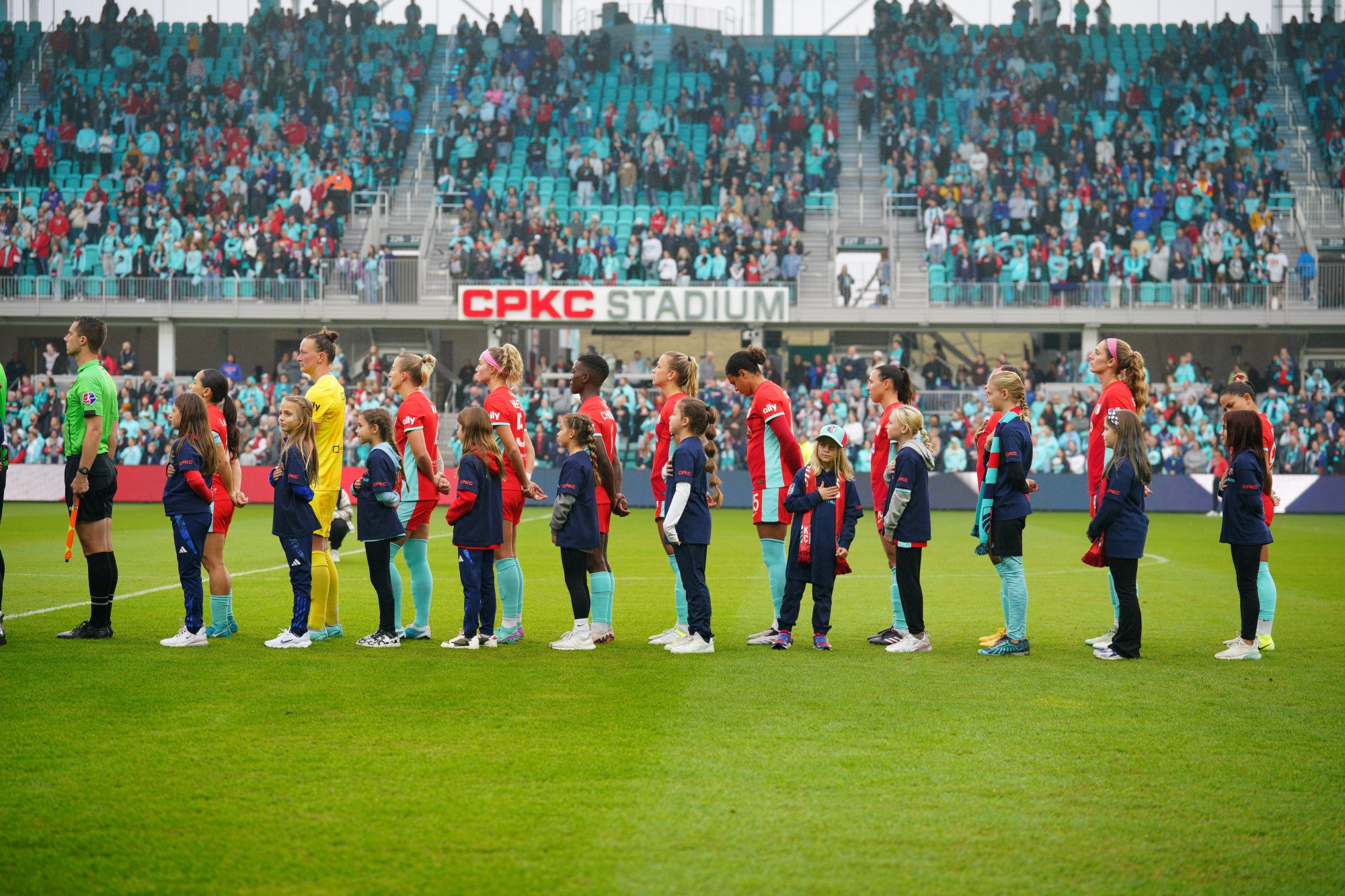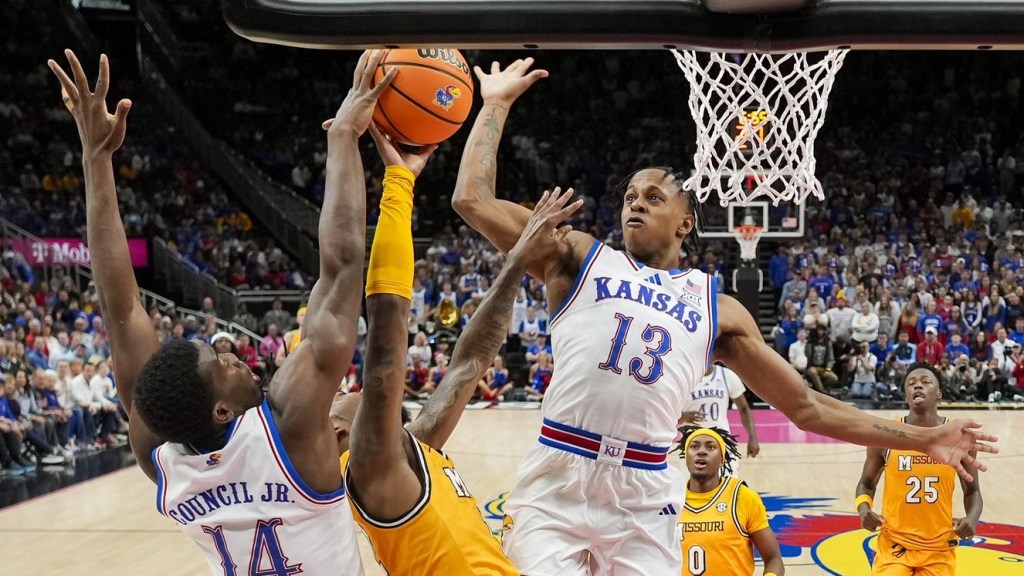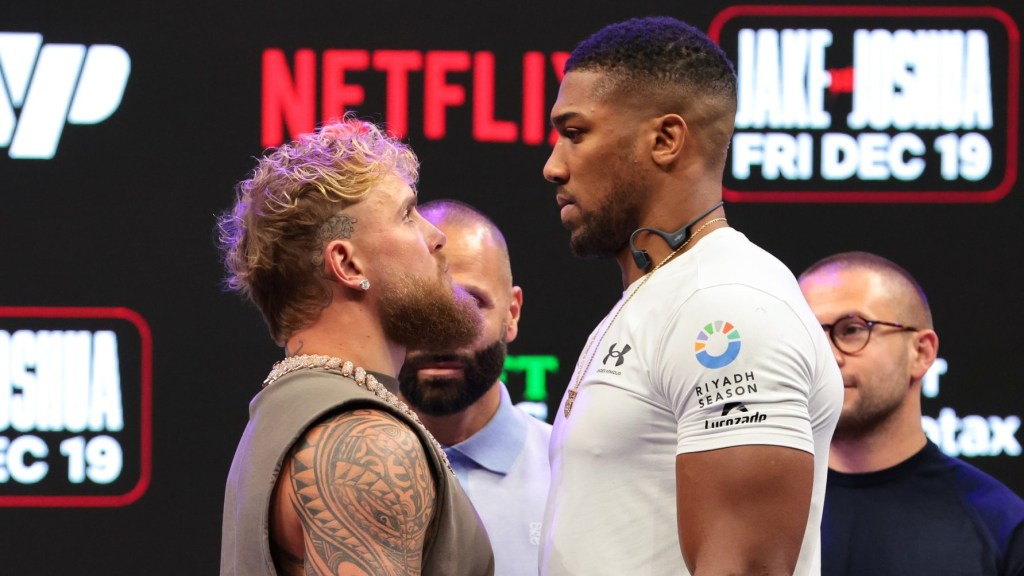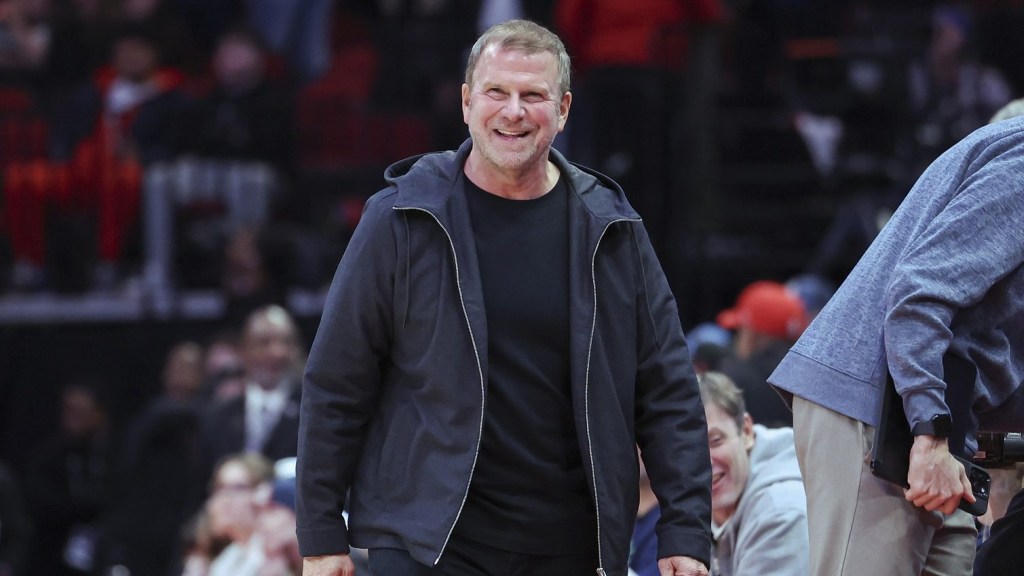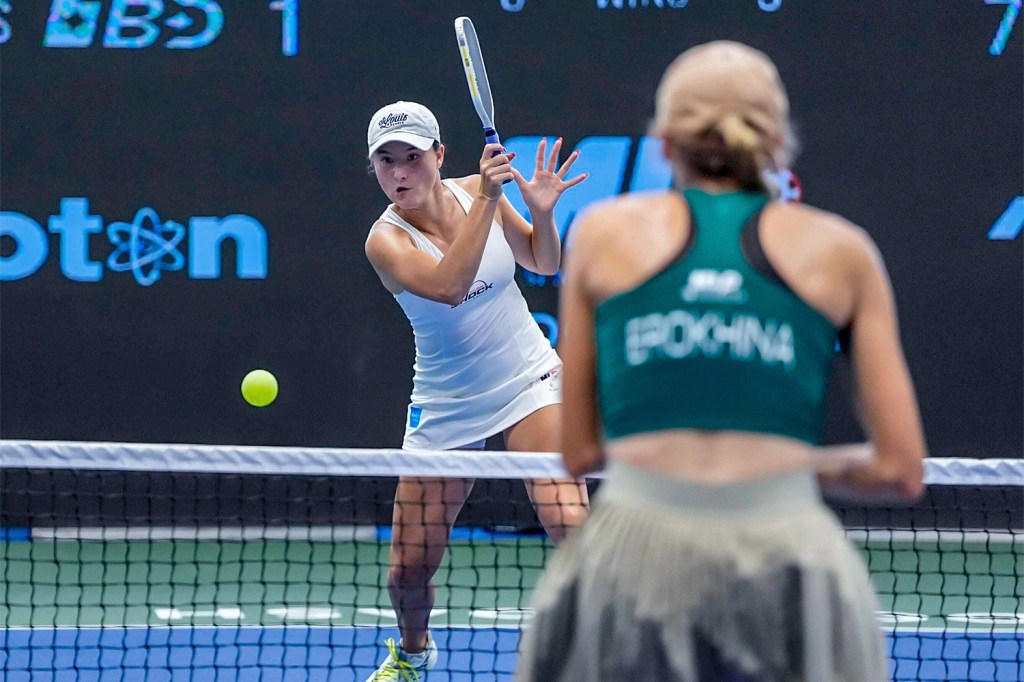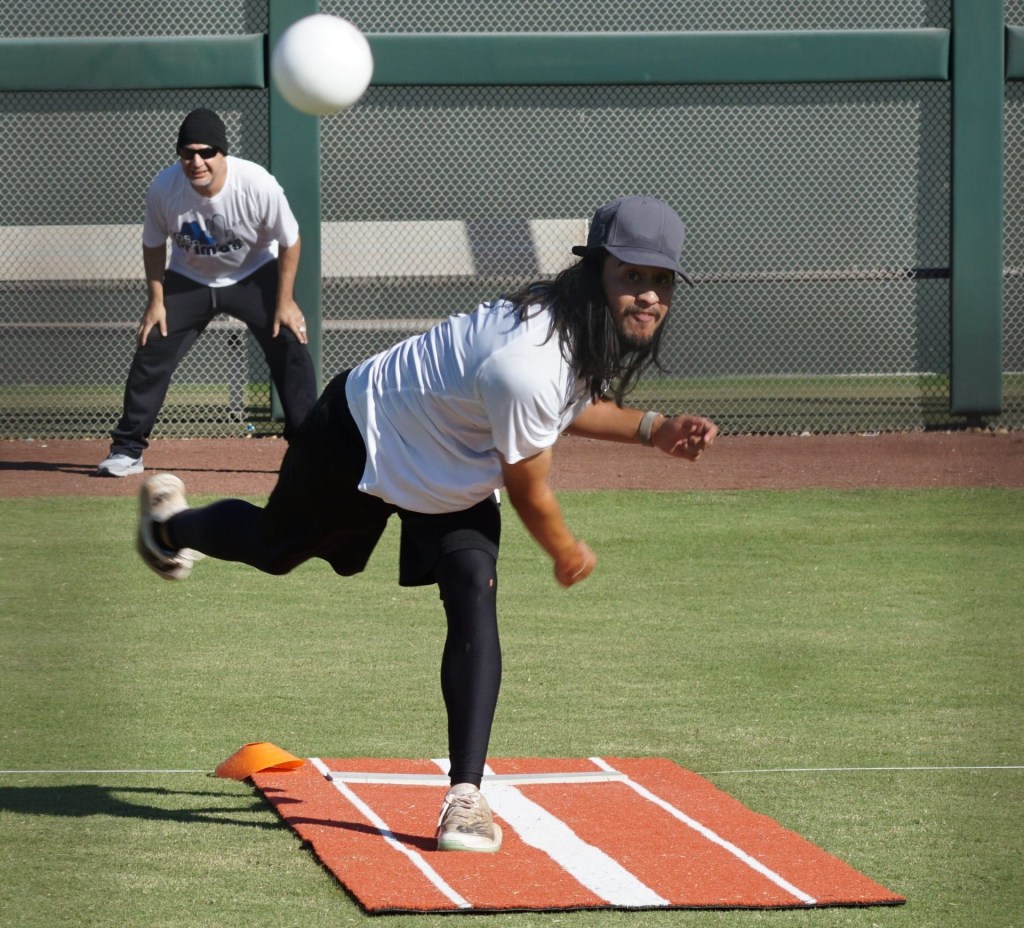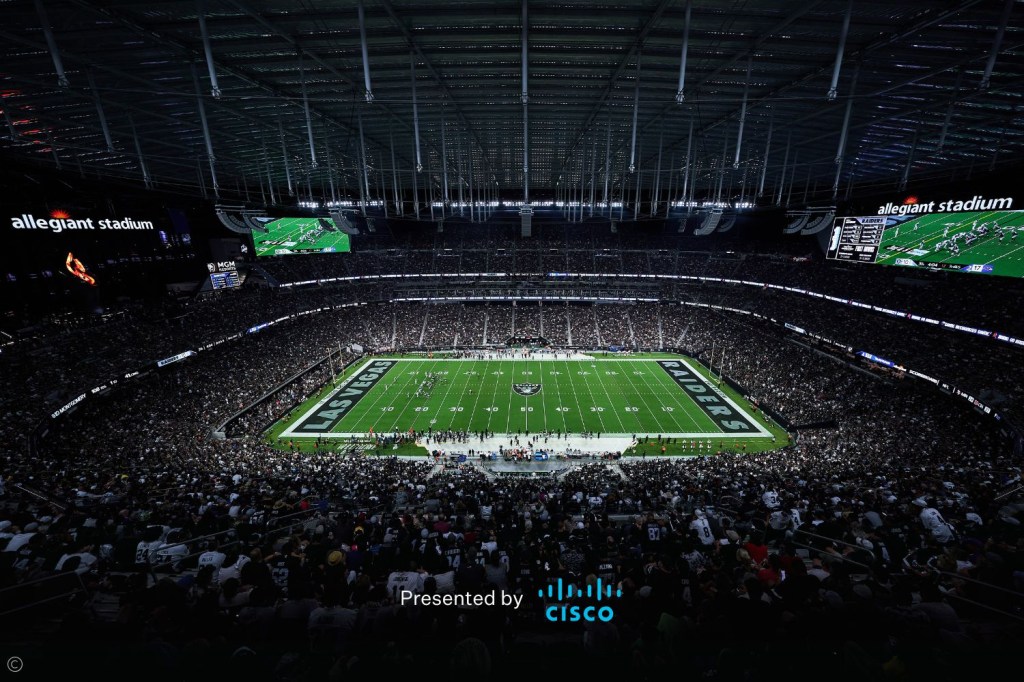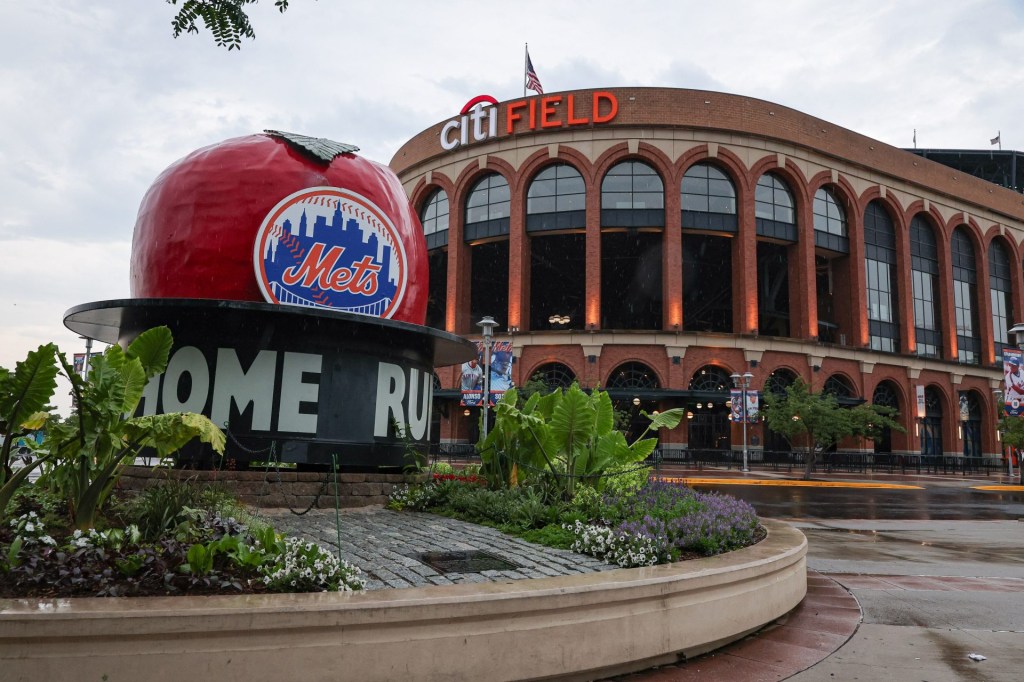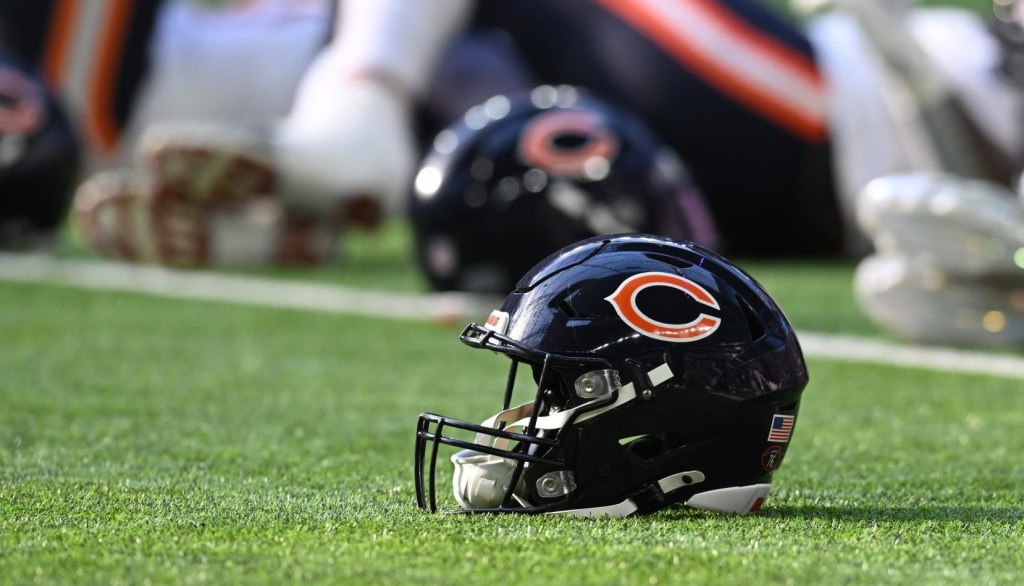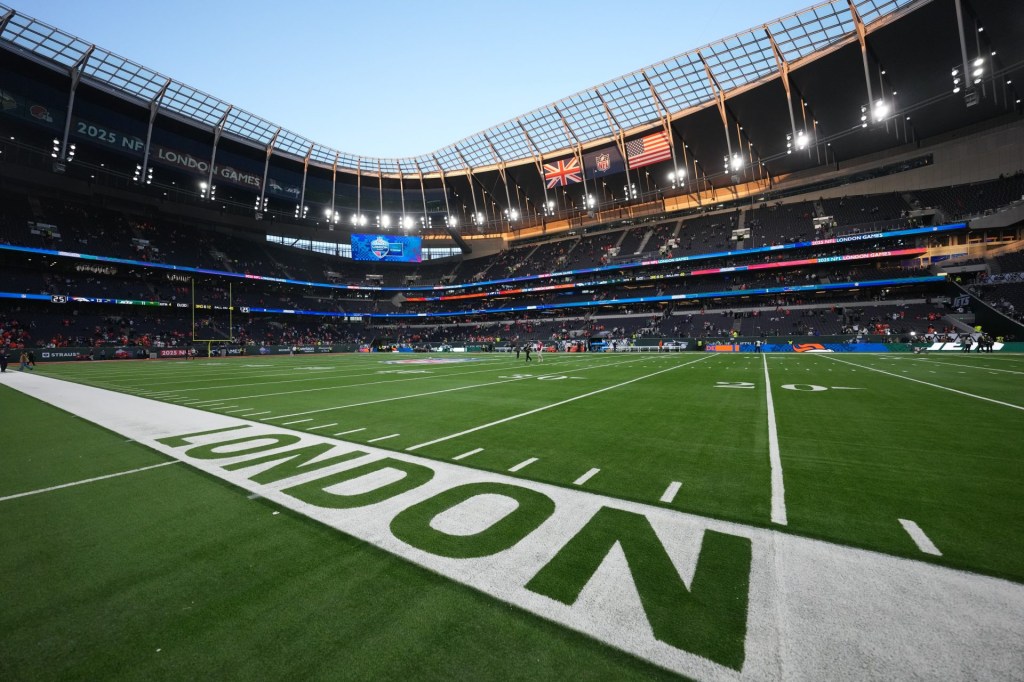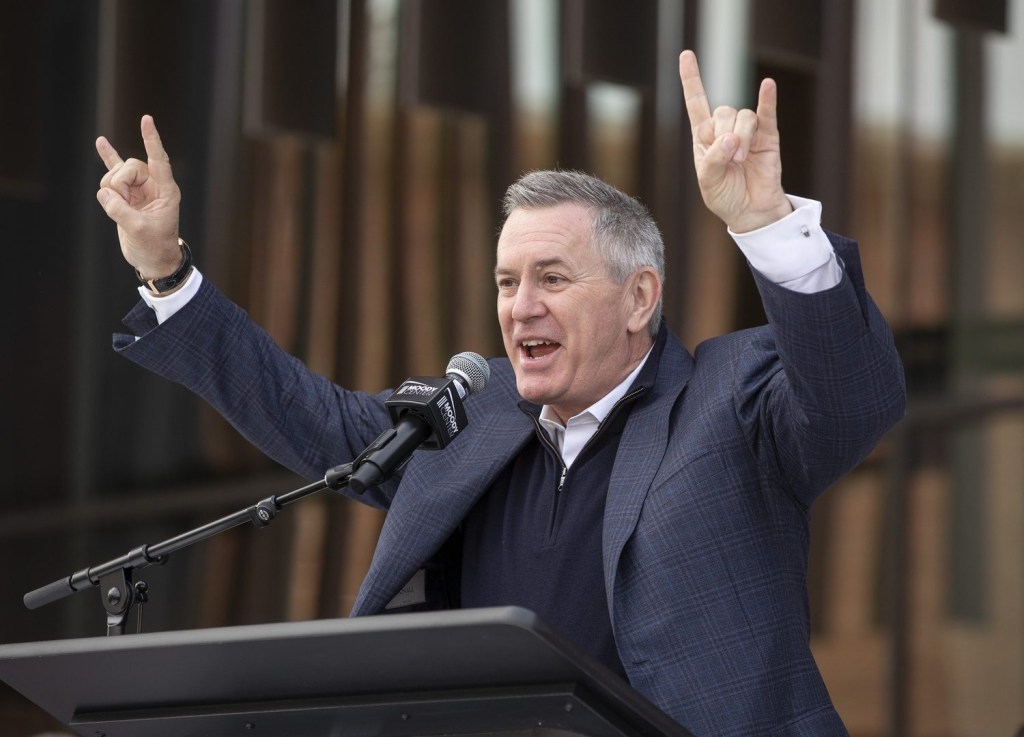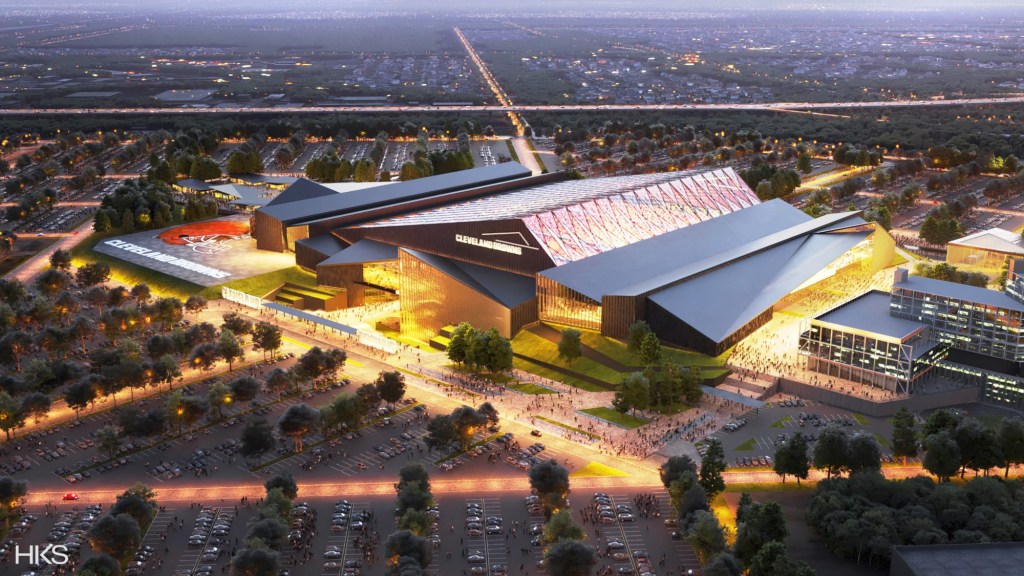The growth signs for women’s pro sports are everywhere: Record-setting expansion fees, new media-rights pacts, record-setting viewership, and teams increasingly outgrowing the attendance confines of their current facilities.
The next marker of that escalation could be even more impactful: the development of new facilities devoted to women’s pro sports. CPKC Stadium in Kansas City became the blueprint when it opened in March 2024, but the home of the NWSL’s Current certainly won’t be alone for long.
The WNBA’s Atlanta Dream told Front Office Sports this month they are exploring facility options that could include a new venue, while Denver’s incoming NWSL expansion franchise, backed by a record $110 million entry fee, also is planning to build its own dedicated stadium, which is expected to open in 2028.
Sports architects, meanwhile, say they are increasingly seeing incoming business and inquiries from other women’s teams that similarly want to develop their own venues—suggesting that a heightened wave of formal announcements is likely forthcoming.
“It’s a quarter to a half our business already, based on how we’re projecting out,” Christina Franklin, Generator Studio director of interior design, tells FOS. The Kansas City–based design firm was the architect of record for CPKC Stadium. “It’s that groundswell, that momentum. It’s been proven that it makes financial sense to invest in women’s sports, and as that business model continues to prove successful, it allows other teams to build.”
CPKC Stadium “was definitely not a one-off. This is a part of our weekly conversations about clients that we’re going after, and it’s incredibly exciting to know we’re kind of at the forefront at this projection of what’s happening in women’s sports and women’s facilities,” Franklin says.
The reasoning behind this women’s sports-building boom is quite simple: The core markers of top leagues such as the WNBA and NWSL, including attendance and viewership, are increasingly matching or surpassing their men’s sports counterparts.
Rather than trying to compete for dates in crowded calendars for venues led by men’s pro teams—or even other civic events—building stand-alone venues is increasingly making sense.
“The collective investment they’re making is the largest in women’s sports in the history of the world. Period,” NWSL commissioner Jessica Berman said of the Denver expansion group led by Rob Cohen and Mellody Hobson. “They’re going to build a purpose-built stadium in Denver, and that is going to be transformative—not just for our league, but to set the tone for what’s to come in all of women’s sports.
“The game’s always been amazing. What’s different [now] is the investment. Once the investment comes and you have real business people who have skin in the game and incentive alignment around growth, it will grow more,” Berman said.

Still, the growth path for women’s sports facilities will almost certainly not be linear, and it won’t necessarily be universal across or within specific leagues. That’s perhaps particularly true in the WNBA, where there’s still a notable divide for five so-called “independent” teams whose owners don’t control other pro teams in that market.
“Not all teams and not all leagues are going to be able to do this from a financial standpoint,” Franklin says. “They may not have the funds [yet] to go down that path. So if you’re going to play in a facility that’s dedicated to men, it’s about, ‘How do you get an equitable approach towards your space?’”
While the wave of new stadiums and arenas for women’s pro sports takes shape, there’s already another facet already in full flight: the accelerating rush to build next-generation practice venues. Particularly in the WNBA, the development of new training complexes is now seen as table-stakes to operate a successful franchise, as well as to recruit and retain top player talent.
The Indiana Fever, still riding the transformative first year of superstar Caitlin Clark, announced plans in January for a $78 million training center in downtown Indianapolis. Other WNBA teams to make similar moves in the last two years include the Las Vegas Aces, Phoenix Mercury, and Seattle Storm—while the Chicago Sky have one under construction that is scheduled to open late this year, and the defending league champion New York Liberty are pursuing one as well.
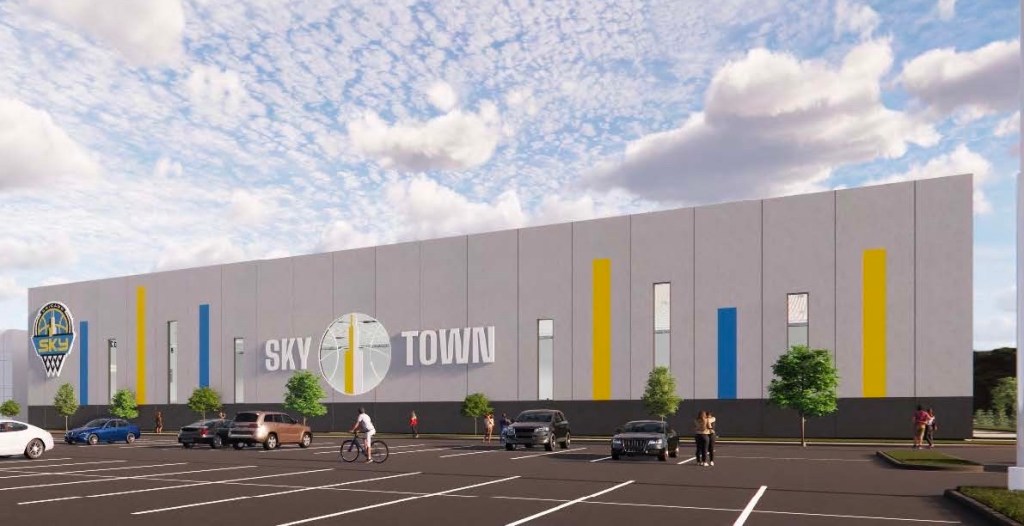
Each project has exceeded $35 million in cost, with the Las Vegas facility nearly three times as expensive.
In Portland, there is even a planned crossover between the NWSL’s Thorns and a forthcoming WNBA team, with the Bhathal family who owns both franchises planning a $150 million joint training facility. That vision more than satisfies the NWSL’s requirement for incoming expansion franchises to develop a new training complex.
These facilities, while certainly having their own player development purpose, are also a key intermediary step toward ultimately seeing a critical mass of purpose-built women’s sports stadiums and arenas.
“As we look to the future,” said Fever president of basketball and business operations Kelly Krauskopf in January, “the focus of creating a first-class player experience designed exclusively for women athletes will set us apart.”
